Frog Cartoon Pictures Biography
Source(Google.com.pk)
In cryptography, FROG is a block cipher authored by Georgoudis, Leroux and Chaves. The algorithm can work with any block size between 8 and 128 bytes, and supports key sizes between 5 and 125 bytes. The algorithm consists of 8 rounds and has a very complicated key schedule.It was submitted in 1998 by TecApro, a Costa Rican software company, to the AES competition as a candidate to become the Advanced Encryption Standard. Wagner et al. (1999) found a number of weak key classes for FROG. Other problems included very slow key setup and relatively slow encryption. FROG was not selected as a finalist.Normally a block cipher applies a fixed sequence of primitive mathematical or logical operators (such as additions, XORs, etc.) on the plaintext and secret key in order to produce the ciphertext. An attacker uses this knowledge to search for weaknesses in the cipher which may allow the recovery of the plaintext.'s design philosophy is to hide the exact sequence of primitive operations even though the cipher itself is known. While other ciphers use the secret key only as data (which are combined with the plaintext to produce the ciphertext), FROG uses the key both as data and as instructions on how to combine these data. In effect an expanded version of the key is used by FROG as a program. FROG itself operates as an interpreter that applies this key-dependent program on the plaintext to produce the ciphertext. Decryption works by applying the same program in reverse on the ciphertext.The FROG key schedule (or internal key) is 2304 bytes long. It is produced recursively by iteratively applying FROG to an empty plaintext. The resulting block is processed to produce a well formatted internal key with 8 records. FROG has 8 rounds, the operations of each round codified by one record in the internal key. All operations are byte-wide and consist of XORs and substitutions.[1]FROG is very easy to implement (the reference C version has only about 150 lines of code). Much of the code needed to implement FROG is used to generate the secret internal key; the internal cipher itself is a very short piece of code. It is possible to write an assembly routine of just 22 machine instructions that does full FROG encryption and decryption. The implementation will run well on 8 bit processors because it uses only byte-level instructions. No bit-specific operations are used. Once the internal key has been computed, the algorithm is fairly fast: a version implemented using 8086 assembler achieves processing speeds of over 2.2 megabytes per second when run on a 200 MHz Pentium PC.FROG's design philosophy is meant to defend against unforeseen/unknown types of attacks. Nevertheless, the very fact that the key is used as the encryption program means that some keys may correspond to weak encryption programs. David Wagner et al. found that 2−33 of the keys are weak and that in these cases the key can be broken with 258 chosen plaintexts.Another flaw of FROG is that the decryption function has a much slower diffusion than the encryption function. Here 2−29 of keys are weak and can be broken using 236 chosen ciphertexts.Frequency-resolved optical gating (FROG) is a general method for measuring ultrashort laser pulses, which range from subfemtosecond to about a nanosecond in length. Invented in 1991 by Rick Trebino and Dan Kane, FROG was the first technique to solve this problem, which is difficult because, ordinarily, to measure an event in time, a shorter event is required with which to measure it. For example, to measure a soap bubble popping requires a strobe light with a shorter duration to freeze the action. Because ultrashort laser pulses are the shortest events ever created, before FROG, it was thought by many that their complete measurement in time was not possible. FROG, however, solved the problem by measuring an "auto-spectrogram" of the pulse, in which the pulse gates itself in a nonlinear-optical medium and the resulting gated piece of the pulse is then spectrally resolved as a function of the delay between the two pulses. Retrieval of the pulse from its FROG trace is accomplished by using a two-dimensional phase-retrieval algorithm.FROG is currently the standard technique for measuring ultrashort laser pulses, replacing an older method called autocorrelation, which only gave a rough estimate for the pulse length. FROG is simply a spectrally resolved autocorrelation, which allows the use of a phase-retrieval algorithm to retrieve the precise pulse intensity and phase vs. time. It can measure both very simple and very complex ultrashort laser pulses, and it has measured the most complex pulse ever measured without the use of a reference pulse. Simple versions of FROG exist (with the acronym, GRENOUILLE, the French word for FROG), utilizing only a few easily aligned optical components. Both FROG and GRENOUILLE are in common use in research and industrial labs around the world.FROG and autocorrelation share the idea of combining a pulse with itself in a nonlinear medium. Since a nonlinear medium will only produce the desired signal when both pulses are present at the same time (i.e. “Optical Gating”), varying the delay between the pulse copies and measuring the signal at each delay gives a vague estimate of the pulse length. Autocorrelators measure a pulse by measuring the intensity of the nonlinear signal field. Estimating the pulse length requires assuming a pulse shape, and the phase of the pulse electric field cannot be measured at all. FROG extends this idea by measuring the spectrum of the signal at each delay (hence “Frequency Resolved”), instead of just the intensity. This measurement creates a spectrogram of the pulse, which can be used to determine the complex electric field as a function of time or frequency as long as the nonlinearity of the medium is known.The FROG spectrogram (usually called a FROG trace) is a graph of intensity as a function of frequency \omega and delay \tau. The signal field from the nonlinear interaction is easier to express in the time domain, however, so the typical expression for the FROG trace includes a Fourier transform.One important feature of a FROG measurement is that many more data points are collected than are strictly necessary to find the pulse electric field. For example, say that the measured trace consists of 128 points in the delay direction and 128 points in the frequency direction. There are 128x128 total points in the trace. Using these points, an electric field is retrieved that has 2x128 points (128 for magnitude and another 128 for the phase). This is a massively overdetermined system, meaning that the number of equations is much larger than the number of unknowns. Thus the importance of each individual data point being absolutely correct is greatly reduced. This is very helpful for real world measurements that can be affected by detector noise and systematic error. Noise is extremely unlikely to affect the measured trace in a way that could be confused with a physical phenomenon in the pulse. The FROG algorithm tends to “see through” these effects due to the amount of extra information available and the use of a mathematical form constraint in finding a solution. This means that the error between an experimental FROG trace and a retrieved FROG trace is rarely zero, although it should be quite small for traces without systematic error.Consequently, significant differences between measured and retrieved FROG traces should be investigated. The experimental setup may be misaligned, or there may be significant spatio-temporal distortions in the pulse. If the measurement averages over several or many pulses, then those pulses may vary significantly from each other.
Source(Google.com.pk)
In cryptography, FROG is a block cipher authored by Georgoudis, Leroux and Chaves. The algorithm can work with any block size between 8 and 128 bytes, and supports key sizes between 5 and 125 bytes. The algorithm consists of 8 rounds and has a very complicated key schedule.It was submitted in 1998 by TecApro, a Costa Rican software company, to the AES competition as a candidate to become the Advanced Encryption Standard. Wagner et al. (1999) found a number of weak key classes for FROG. Other problems included very slow key setup and relatively slow encryption. FROG was not selected as a finalist.Normally a block cipher applies a fixed sequence of primitive mathematical or logical operators (such as additions, XORs, etc.) on the plaintext and secret key in order to produce the ciphertext. An attacker uses this knowledge to search for weaknesses in the cipher which may allow the recovery of the plaintext.'s design philosophy is to hide the exact sequence of primitive operations even though the cipher itself is known. While other ciphers use the secret key only as data (which are combined with the plaintext to produce the ciphertext), FROG uses the key both as data and as instructions on how to combine these data. In effect an expanded version of the key is used by FROG as a program. FROG itself operates as an interpreter that applies this key-dependent program on the plaintext to produce the ciphertext. Decryption works by applying the same program in reverse on the ciphertext.The FROG key schedule (or internal key) is 2304 bytes long. It is produced recursively by iteratively applying FROG to an empty plaintext. The resulting block is processed to produce a well formatted internal key with 8 records. FROG has 8 rounds, the operations of each round codified by one record in the internal key. All operations are byte-wide and consist of XORs and substitutions.[1]FROG is very easy to implement (the reference C version has only about 150 lines of code). Much of the code needed to implement FROG is used to generate the secret internal key; the internal cipher itself is a very short piece of code. It is possible to write an assembly routine of just 22 machine instructions that does full FROG encryption and decryption. The implementation will run well on 8 bit processors because it uses only byte-level instructions. No bit-specific operations are used. Once the internal key has been computed, the algorithm is fairly fast: a version implemented using 8086 assembler achieves processing speeds of over 2.2 megabytes per second when run on a 200 MHz Pentium PC.FROG's design philosophy is meant to defend against unforeseen/unknown types of attacks. Nevertheless, the very fact that the key is used as the encryption program means that some keys may correspond to weak encryption programs. David Wagner et al. found that 2−33 of the keys are weak and that in these cases the key can be broken with 258 chosen plaintexts.Another flaw of FROG is that the decryption function has a much slower diffusion than the encryption function. Here 2−29 of keys are weak and can be broken using 236 chosen ciphertexts.Frequency-resolved optical gating (FROG) is a general method for measuring ultrashort laser pulses, which range from subfemtosecond to about a nanosecond in length. Invented in 1991 by Rick Trebino and Dan Kane, FROG was the first technique to solve this problem, which is difficult because, ordinarily, to measure an event in time, a shorter event is required with which to measure it. For example, to measure a soap bubble popping requires a strobe light with a shorter duration to freeze the action. Because ultrashort laser pulses are the shortest events ever created, before FROG, it was thought by many that their complete measurement in time was not possible. FROG, however, solved the problem by measuring an "auto-spectrogram" of the pulse, in which the pulse gates itself in a nonlinear-optical medium and the resulting gated piece of the pulse is then spectrally resolved as a function of the delay between the two pulses. Retrieval of the pulse from its FROG trace is accomplished by using a two-dimensional phase-retrieval algorithm.FROG is currently the standard technique for measuring ultrashort laser pulses, replacing an older method called autocorrelation, which only gave a rough estimate for the pulse length. FROG is simply a spectrally resolved autocorrelation, which allows the use of a phase-retrieval algorithm to retrieve the precise pulse intensity and phase vs. time. It can measure both very simple and very complex ultrashort laser pulses, and it has measured the most complex pulse ever measured without the use of a reference pulse. Simple versions of FROG exist (with the acronym, GRENOUILLE, the French word for FROG), utilizing only a few easily aligned optical components. Both FROG and GRENOUILLE are in common use in research and industrial labs around the world.FROG and autocorrelation share the idea of combining a pulse with itself in a nonlinear medium. Since a nonlinear medium will only produce the desired signal when both pulses are present at the same time (i.e. “Optical Gating”), varying the delay between the pulse copies and measuring the signal at each delay gives a vague estimate of the pulse length. Autocorrelators measure a pulse by measuring the intensity of the nonlinear signal field. Estimating the pulse length requires assuming a pulse shape, and the phase of the pulse electric field cannot be measured at all. FROG extends this idea by measuring the spectrum of the signal at each delay (hence “Frequency Resolved”), instead of just the intensity. This measurement creates a spectrogram of the pulse, which can be used to determine the complex electric field as a function of time or frequency as long as the nonlinearity of the medium is known.The FROG spectrogram (usually called a FROG trace) is a graph of intensity as a function of frequency \omega and delay \tau. The signal field from the nonlinear interaction is easier to express in the time domain, however, so the typical expression for the FROG trace includes a Fourier transform.One important feature of a FROG measurement is that many more data points are collected than are strictly necessary to find the pulse electric field. For example, say that the measured trace consists of 128 points in the delay direction and 128 points in the frequency direction. There are 128x128 total points in the trace. Using these points, an electric field is retrieved that has 2x128 points (128 for magnitude and another 128 for the phase). This is a massively overdetermined system, meaning that the number of equations is much larger than the number of unknowns. Thus the importance of each individual data point being absolutely correct is greatly reduced. This is very helpful for real world measurements that can be affected by detector noise and systematic error. Noise is extremely unlikely to affect the measured trace in a way that could be confused with a physical phenomenon in the pulse. The FROG algorithm tends to “see through” these effects due to the amount of extra information available and the use of a mathematical form constraint in finding a solution. This means that the error between an experimental FROG trace and a retrieved FROG trace is rarely zero, although it should be quite small for traces without systematic error.Consequently, significant differences between measured and retrieved FROG traces should be investigated. The experimental setup may be misaligned, or there may be significant spatio-temporal distortions in the pulse. If the measurement averages over several or many pulses, then those pulses may vary significantly from each other.
Images Pics Photos Wallpapers Pictures
Images Pics Photos Wallpapers Pictures
Images Pics Photos Wallpapers Pictures
Images Pics Photos Wallpapers Pictures
Images Pics Photos Wallpapers Pictures
Images Pics Photos Wallpapers Pictures
Images Pics Photos Wallpapers Pictures
Images Pics Photos Wallpapers Pictures
Images Pics Photos Wallpapers Pictures
Images Pics Photos Wallpapers Pictures


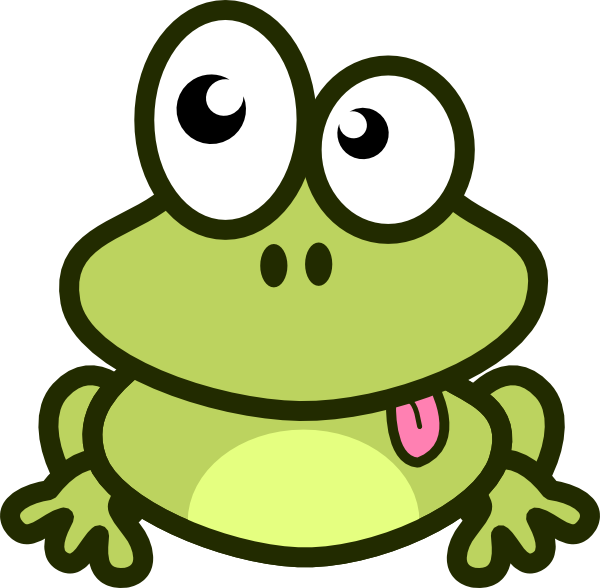
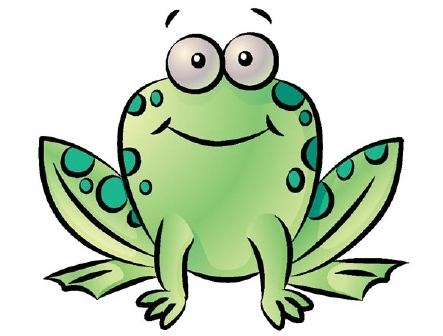
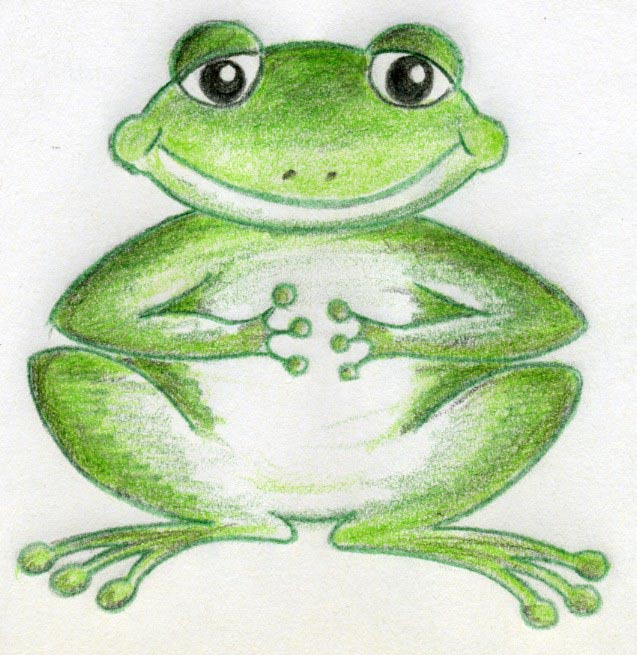

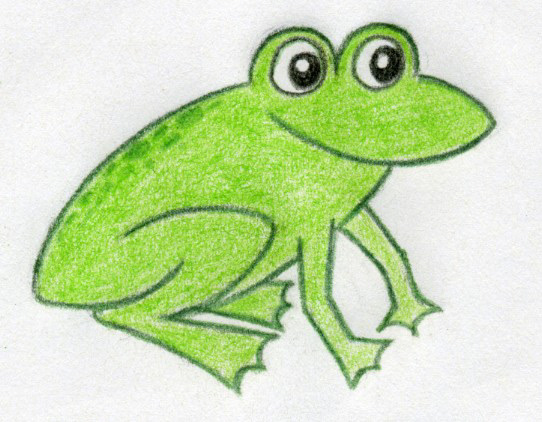
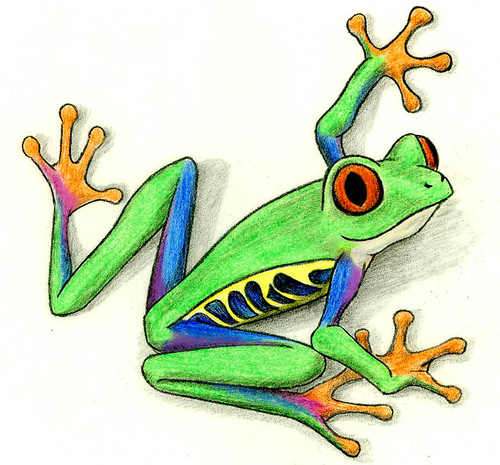


No comments:
Post a Comment